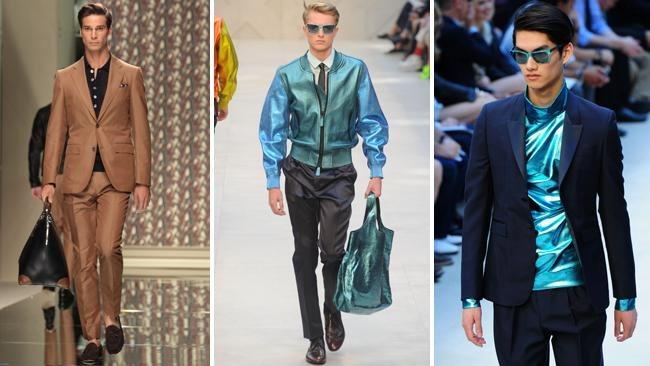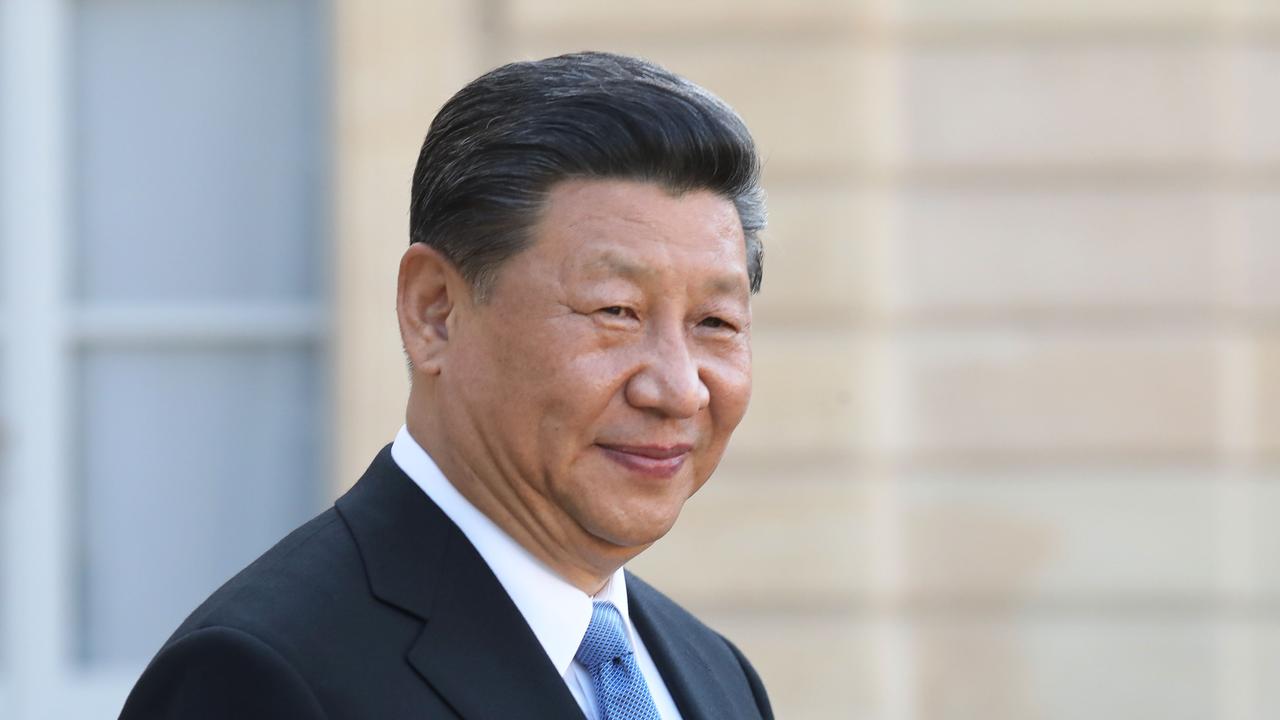The pleat goes on
IT took years to get men to part with their pleated pants, but now they are back in the fold.

NOW, just as men have finally got comfortable wearing the style, many menswear designers are bringing back pleated pants.
Burberry Prorsum, Calvin Klein, Dries Van Noten and Gucci are among the labels that made pleated pants a feature of their recent runway shows. Even Prada, generally known for severely slim, flat-front pants, showed fuller pants for its collection, now in stores. Rather than pleats, Prada used deep, exaggerated darts - stitched seams that give shape and add fullness, giving pants the appearance of pleats.
They follow Dior, which after specialising in a skinny silhouette under designer Hedi Slimane in the early 2000s, about faced and started showing very full, pleated pants soon after Kris Van Assche took over in 2007.
Pleats, folds of fabric that are stitched or pressed usually starting at the waistband, can sometimes make a trouser balloon out. Fully aware of the baggage that baggy pleated pants can carry, some labels are trying to make their new pleats less conspicuous or at least less voluminous. Some have one pleat on each leg rather than double pleats, for example.
Designer Billy Reid based the fit of some of the pleated pants in his spring 2013 collection on the fit of his relaxed flat-front pants. "Sometimes pleated pants can make the back (of the pants) look like a diaper. Taking the fit from our plain-front pant helped us achieve a non-sloppy look," Reid says.
It's a big "if" as to whether men will want to go back to pleats. Pleats can conjure cringe-inducing style moments. Remember the 1980s, when suits were boxy, shoulders were wide, and pants were baggy and generously pleated? Rather than flatter, those pleats often made some men look fatter than they were.
A few designers tried to revive pleated pants in 2005 as flat fronts were gaining momentum with mainstream retailers. It didn't take then, despite those styles being more forgiving than flat-front pants.
The experience of Fred Witt, a fit 58-year-old, mirrors many men's trouser trials. Witt used to view flat-front pants warily and vowed to keep wearing pleated pants even if they rapidly were going out of style. In 2005, he said "flat-front pants don't fit me well. They feel terrible. They bunch. They bind." He preferred pleated pants because they "hang nicely and they're really comfortable when you're sitting all day".
But Witt has since converted to flat-front pants after a salesperson convinced him to try a slim-fitting suit with flat-front pants two years ago.
"I was pleasantly surprised," he says. "I liked that it had more of a sleeker, European look." He now wears flat-front pants to work twice a week and nothing but flat-fronts when dressing casually. Witt says he can't see himself going back to buying pleated pants.
Some retailers say they're monitoring the creep of pleats back on the runways, but not jumping to make room for them just yet. Barneys New York is carrying a relatively small amount of pleated pants in its designer area, about nine brands, aimed at "a real fashion guy", says Tom Kalenderian, general merchandise manager of men's. Otherwise, "we're 100 per cent flat front. Pleats haven't really translated to the regular guy. The guys who don't go on the web to look at fashion shows, those guys are not going to ever try pleated trousers."
Retailers' attachment to flat-front pants says a lot about how the menswear retailing industry thinks. When retailers see a new take on an old classic catching on with shoppers - such as retooled plaid shirts - they run with the look to the point of oversaturation in the belief that men don't like things to change drastically, as they tend to in womenswear. On the flip side, if pleats take off, men with wardrobes full of flat-fronts may feel the need to do a lot of shopping for the new styles, benefiting retailers. Though getting shoppers to invest in a whole new silhouette is one of fashion's biggest challenges.
Julie Rath, founder of Rath & Co, a men's style consulting service in New York, says when choosing pleats to make sure the pants are sitting at a man's true waist so the pleats hang correctly. "When pleated pants are worn below the belly, this can emphasise a round shape." Rath also recommends choosing slim-fit pleated pants that will reflect some of the new looks on the runway while sticking safely close to "the overall trim menswear silhouette".
The original purpose of pleats was to allow more fabric for when a man sat down, according to Alan Flusser, author of menswear guidebook Dressing the Man and a custom tailor whose credits include Michael Douglas's wardrobe in the original Wall Street movie.
Pleats were big in menswear until the mid-50s, when flat-front pants arrived with that era's slim Continental look, and stayed in vogue, only ending when boxy looks took over in the 80s.
By the 90s, flat-front pants had returned, catching on more fully in 1999, when the broader use of stretchy material in men's clothes attracted more men to the style. In the past decade, with the silhouette of menswear getting slimmer, flat-front pants fit right in.
At Dockers, a brand that became nearly synonymous with pleated khakis in the 90s, the shift to flat fronts has been gradual. Pleated pants still account for about one-third of the brand's dressier styles. Its designers recently have "taken a little out of the seat and thigh measurements, cleaning up the overall look", says Doug Conklyn, senior vice-president of global design.
About 60 per cent of Brooks Brothers' dress pants, sold with suits or separately as slacks, are flat front, compared with 45 per cent two years ago, says Guy Voglino, divisional merchandise manager.
Flat-front styles represent about 70 per cent of Brooks Brothers' casual pants compared with 50 per cent two years ago.


